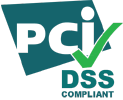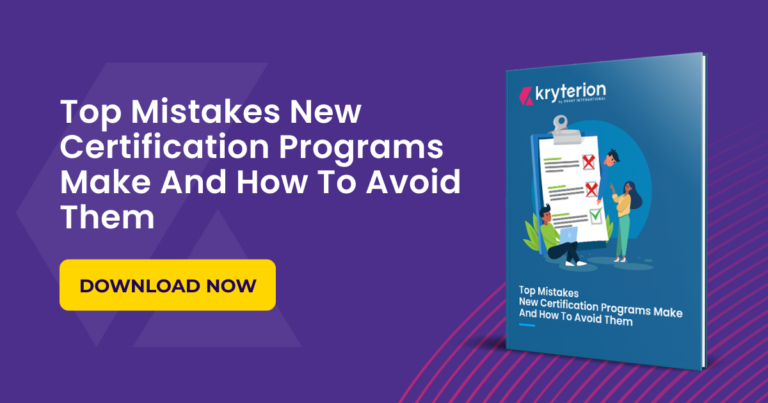Developing a certification program constitutes a significant challenge. For many organizations, including those whose due diligence was excellent, the responsibilities and requirements prove far more complex than expected.
Credible
According to the National Skills Coalition, credible certification programs provide professionals with the means to “equitably achieve their informed employment and educational goals.”
This means there must be “valid, reliable, and transparent evidence that the certification satisfies the criteria that constitute quality,” the group says.
NSC has identified 3 criteria that organizations should include as part of a credible program:
- Evidence of ample job opportunities associated with the credential. There must also be quantitative data and direct communication with employers.
- Evidence of the competencies mastered by learners; they must align with expected job opportunities.
- Evidence of both employment and earnings outcomes of individuals after acquiring the credential.
Legally Defensible

Certification programs, whether run for profit or not, face real marketplace risks. It is not uncommon for individuals who failed to earn a high-stakes certification to challenge that process. In some cases, a challenge can become a lawsuit!
The repercussions of a successful lawsuit can negatively impact both the programs financial stability and its brand.
To protect your program, consider consulting an attorney familiar with credentialing law before test development begins to avoid potential issues:
- Failure to follow certification best practices
- Establishment of unfair or unsound eligibility requirements
- Failure to establish written policies for handling appeals and disciplinary actions
- Failure to establish standard operating procedures for administration of documented policies and procedures
Professional Testing Standards
Professional testing standards, including best practices for certification development, involve a great deal more expertise than is commonly understood. The subject matter experts (SMEs) you recruit to help develop test questions are not, typically, trained credential development specialists.

That responsibility typically falls to the highly trained professionals known as psychometricians.
They’re the experts on developing credentialing exams that are fair, reliable, legally defensible, and consistent with testing standards.
What can go wrong? A lot. A legally defensible examination must be based on research that
- accurately defines the underlying knowledge and skills of a job role, and
- validates the level of minimum competence required to perform adequately in that role
Widely-accepted development processes and techniques have evolved to establish exam content and passing standards. Significant expertise is required to select and apply the appropriate methodologies needed to create a defensible exam.
Programs that create exams unsupported by such expertise can be forced to start over from scratch, if successfully challenged.
The process is typically rigorous. It requires careful and complete documentation.
The good news is that a well-designed, carefully implemented test development process helps enhance program credibility. Employers will quickly associate certificants who deliver superior results with the programs that certified them and draw conclusions.
It Takes Resources
There is a lot to do. Market research. Competitive analyses. Policy and procedure development. Ongoing SME recruitment and management. Job task analyses. Item writing workshops. Beta testing. Test form development. Standard setting.
Dr. Leslie Thomas, Kryterion’s Chief Strategy and Product Officer and a psychometrician with over 20 years of industry experience, states that the process required to build a professional certification exam typically requires nine to 12 months. For healthcare and finance industry-related certifications, it can take even longer! Certifications for the IT industry typically take less time, reflecting the rapid pace of product development and narrower scope of assessment.
And the cost? It varies depending on the type of exam (written vs. performance-based) and number of exams. According to Dr. Thomas, development of a single written exam can cost around $50K, while a performance-based exam can cost over $100K.
So much for the development costs. But what about the program’s maintenance costs? For more about that, see Mistake #4, below.







 Companies that want their brand to succeed must foster loyalty. How will your certification enable those firms to boost availability of the deliverables that their clients care about most? Quality, efficiency, reliability, expertise, and value.
Companies that want their brand to succeed must foster loyalty. How will your certification enable those firms to boost availability of the deliverables that their clients care about most? Quality, efficiency, reliability, expertise, and value.














